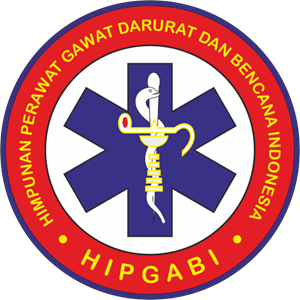The Effect of Red Onion Compresses on The Decrease Children's Body Temperature Fever
Downloads
Introduction: Children with developing immune systems are particularly vulnerable to various illnesses, including fever. As a result, this study aims to explore the potential benefits of using a red onion compress as an alternative method to reduce body temperature in febrile children. Method: This research adopts a pre-experimental approach, utilizing a one-group pretest-posttest design to assess the effects of the intervention. The study population consisted of 15 individuals, and a non-probability purposive sampling technique was used to select 13 respondents. The research was conducted between October 1st and October 31st, 2023. The independent variable in this study is the application of a red onion compress, while the dependent variable is the reduction in body temperature among children with fever. Standard operating procedures for administering the red onion compress and observation sheets were used as research instruments. Data were analyzed using a paired sample t-test with a significance level of α<0.05. Results: Prior to the application of the red onion compress, respondents were categorized as febrile, with an average body temperature of 38˚C. After the intervention, body temperatures returned to normal levels. The results indicate a statistically significant effect of the red onion compress in reducing body temperature in febrile children, with a p-value of 0.001. Conclusions: The use of a red onion compress may serve as a viable complementary treatment for reducing fever in children, potentially offering an alternative to chemical medications. Future research could explore the effectiveness of red onion compresses in comparison to other natural remedies, such as peppermint oil or aloe vera, in reducing fever in children. This would help establish whether red onion compresses are more or less effective than other traditional treatments
Copyright (c) 2024 Lilis Fatmawati, Sheilla Aziza Haritami, Riski Dwi Prameswari

This work is licensed under a Creative Commons Attribution 4.0 International License.
1. The journal allows the author to hold the copyright of the article without restrictions.
2. The journal allows the author(s) to retain publishing rights without restrictions.
3. The legal formal aspect of journal publication accessibility refers to Creative Commons Attribution (CC BY).

















